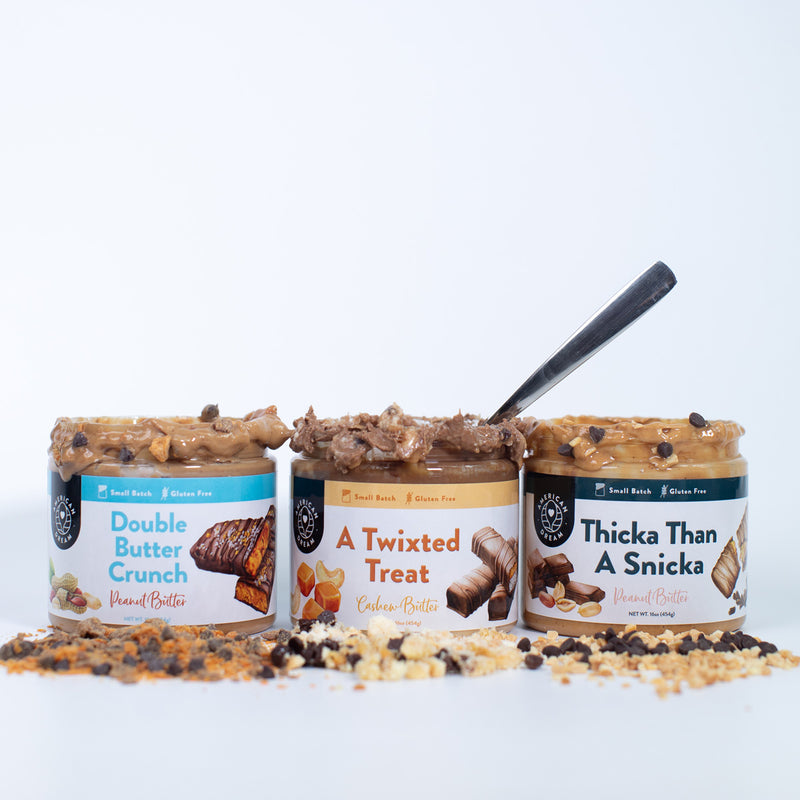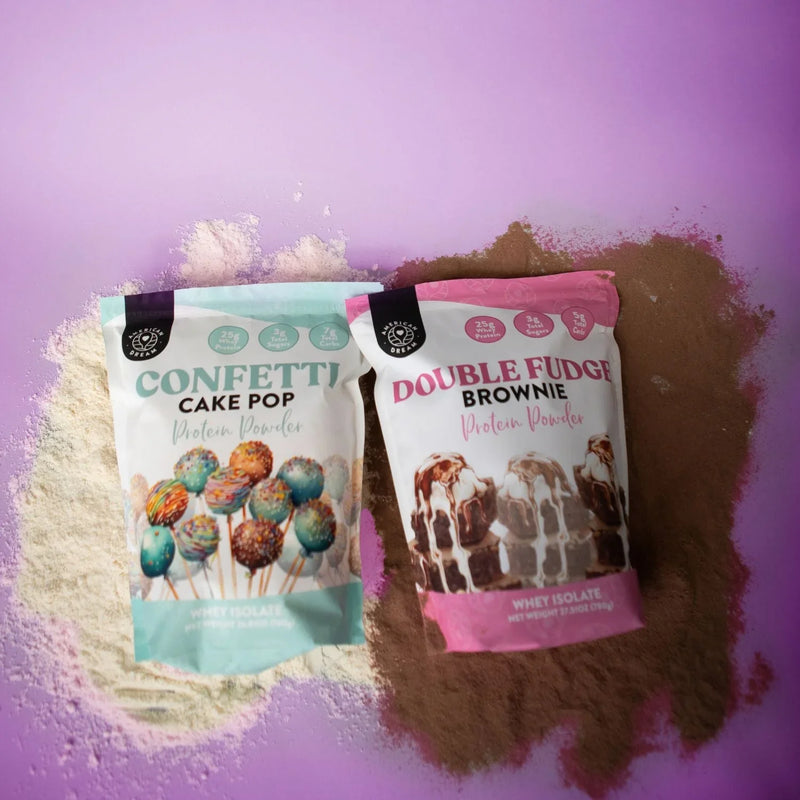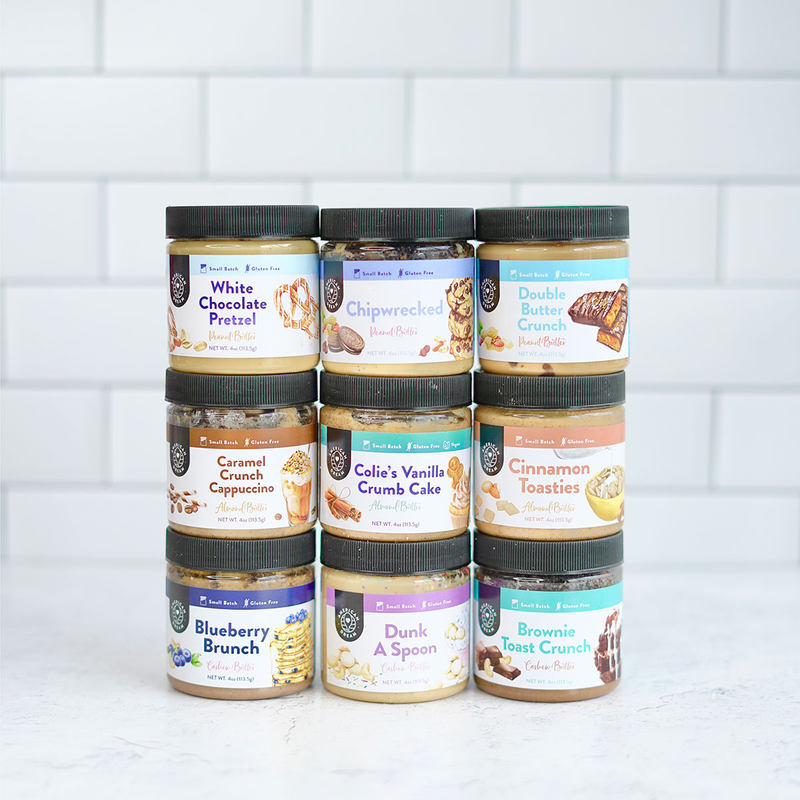Sugar and Diabetes: Understanding the Link to Protect Your Kids
Diabetes is sweeping across America. 26.9 million Americans had diabetes in 2018, including 210,000 children and adolescents.
Diabetes rates have been growing among younger people. You should be concerned, yet you shouldn't panic. You can take steps to decrease your child's risk of diabetes once you understand the connections between sugar and diabetes.
Does sugar cause diabetes, and, if so, how? What are some other risk factors and causes of diabetes? How can you help your child avoid diabetes through a low-sugar diet?
Answer these questions and your child can remain safe and happy for years to come. Here is your comprehensive guide.
The Causes of Diabetes
The pancreas produces insulin, which moves sugar out of the bloodstream into different cells. This allows the body to process the sugar as fuel.
If someone lacks insulin, their blood sugar levels will begin to rise. Consistently high blood sugar levels are the main sign of diabetes, and they can cause organ damage.
When people think about diabetes, they usually think about type 2 diabetes. However, you should think about type 1 diabetes as well.
Type 1 diabetes is an autoimmune disease. The immune system attacks the pancreas, destroying cells so they cannot produce insulin.
Defective genes can trigger an immune system response, leading to type 1 diabetes. As such, the consumption of sugar does not contribute substantially to type 1.
Type 2 occurs when the pancreas stops producing insulin or when the cells stop responding to insulin. If the pancreas has to produce insulin on a frequent basis, it may shut down. Cells may stop responding because they have received insulin so many times, leaving sugar in the bloodstream.
Natural and Refined Sugars
Sugar does contribute to type 2 diabetes, but not all types of sugar do. Before you plan your child's diet, you should break down the different types of sugar.
Fructose
Fructose is a natural sugar that many fruits and vegetables have. Enzymes in the small intestine can separate fructose molecules from other molecules and then send them into the bloodstream. Cells can use fructose for fuel, especially liver cells.
Eating a little fructose in fruits and vegetables will have no major effects on the body. A little fructose can even be beneficial, as it gives energy to the pancreas.
However, the liver can store fructose as fat. Over time, this fat can increase cholesterol levels and raise the risk of a heart attack.
Many manufacturers put fructose in foods because it is so sweet. Sweeteners like high-fructose corn syrup can trigger diabetes and heart disease.
Sucrose
Sucrose is table sugar. It is a combination of fructose and glucose molecules, and many companies make it from sugarcane.
While fructose goes to the liver and other parts of the body, glucose remains in the bloodstream. This can cause blood sugar levels to spike significantly.
Eating a little sucrose will not cause major problems. But if your child eats it in high amounts, they are at high risk for obesity and diabetes. Sucrose can also cause tooth decay, as bacteria can feed off the sugar and grow in the gums.
Artificial Sweeteners
Besides high-fructose corn syrup, manufacturers produce many other artificial sweeteners. Aspartame, saccharin, and sucralose are three of the most common artificial sweeteners on the market.
These sweeteners do not contain sucrose. But they can change the composition of bacteria in the intestines, which impacts how the body processes insulin. This can trigger diabetes over time.
Artificial sweeteners can also increase a person's cravings for sweets. They may start eating sugary foods and drinking sugary beverages, which can eventually lead to diabetes.
It is okay to eat small amounts of artificial sweeteners. However, your child should limit their consumption as much as possible.
Risk Factors for Diabetes
The consumption of sugar is just one critical factor for diabetes. The consumption of refined carbohydrates like white flour is another dietary factor, because refined carbs cause a significant spike in blood sugar levels.
Eating fats is not directly tied to diabetes rates. But it does contribute to obesity.
When someone is obese, the liver cannot store excess glucose anywhere. The glucose remains in the blood, forcing the pancreas to produce more insulin, which can lead to insulin resistance.
A 2021 study found that children with a family history of diabetes have higher fasting insulin rates than children without a family history. This suggests they need more insulin to process their blood sugar, which can lead to diabetes.
Older adults are at higher risk than younger people for experiencing diabetes. An older person's pancreas does not function as well, and their cells do not respond to insulin as often. BIPOC children are also at higher risk than white children.
Ways to Avoid Diabetes
Diabetes prevention requires a few different steps. Have a conversation with your child about diabetes in kids so they understand what they need to do as they grow up. Inform yourself about your family history so you can understand if your child is at higher risk.
Develop a Low-Sugar Diet for Kids
A low-sugar diet is not restrictive. A child can eat whole grains instead of processed ones. You can find whole wheat bread and pasta in most grocery stores, and your child can try brown rice and popcorn.
Your child can increase their protein consumption, but they should try to eat healthy proteins. Nuts and green vegetables are rich in healthy fats, including omega-3 fatty acids. Your child can also try seafood and white meat.
The bulk of your child's meals should center around fruits and vegetables. They can eat salads, stir-frys, and vegetarian pizzas.
If you're worried about natural sugars, you can limit your child's consumption of very sweet fruits. They can avoid oranges, dates, and dried fruit.
You should follow a guide to low-sugar diet plans so you can plan your child's meals in advance. Read food labels before you buy food, and prepare dishes that you and your child will enjoy. Feel free to experiment with different dishes, especially during the weekends when you have time to cook.
In addition to changing what your child eats, you should help them change how they eat. If they eat too much food, they will gain weight.
You can help your child build healthy eating habits by modeling healthy eating practices. You can demonstrate mindful eating in front of them by eating slowly and cutting your food. You should let them choose between healthy options and help with meal preparation.
Exercise
Exercise can help a child lose weight and process sugar into fuel. Your child should try exercising for 150 minutes a week, if not longer.
They can go for a walk or a run when the weather is nice. If it's raining or too cold to go outside, they can walk up and down stairs or lift weights.
It is okay for your child to sit or lie down when they need to rest. But they should not sit down for long periods of time. Sitting down can change the body's metabolism, increasing the chance of insulin resistance.
When your child needs to do work at a desk, they should stand up or walk in place. This lets them burn calories while getting their work done. They can also perform stretches or jumping jacks every hour to burn a few calories.
Drink Plenty of Water
A 2019 study of more than 11,900 Americans found that replacing one sugar-sweetened beverage with a non-sweetened drink decreases the risk of diabetes by 2% to 10%.
You should stop giving your child soda, even ones that are not made with sugar. You should also avoid giving them fruit juice, sweetened water, and sports drinks.
Whenever possible, your child should drink water. If they find water boring, you can give them sparkling water or water with a squeeze of lemon or lime. It is okay for your child to drink milk, especially skim milk.
Most pediatricians advise against giving young children caffeinated beverages. But green tea can have strong health benefits, and it may help with managing blood sugar levels. Consider allowing your child to drink green tea.
As your child gets older, they can drink beverages with more caffeine. Your child can try black tea and black coffee, though they should only drink one cup of each per day. Make sure they do not put sugar or sweeteners in their drinks.
The Connections Between Sugar and Diabetes
Sugar and diabetes are closely linked to each other. Glucose can remain inside the bloodstream, forcing the pancreas to produce insulin. The pancreas can eventually shut down, or cells can stop responding to insulin.
However, natural sugars can be healthy, and there are other risk factors involved with diabetes. You should research your family history and track your child's weight. Have them adopt a low-sucrose diet, but also encourage them to exercise and drink water.
Find a variety of sugar-free foods to keep your child's diet interesting. American Dream Nut Butter provides premium nut butter. Browse our store today.
 All Nut Butters
All Nut Butters
 Newest Flavors!
Newest Flavors!
 High Protein
High Protein
 Butter Bundles
Butter Bundles
 Indulgent Butters
Indulgent Butters
 Cookies
Cookies
 Nutrition
Nutrition
 Retiring Soon
Retiring Soon
 Paws Off
Paws Off
 Sample Sizes
Sample Sizes
 Merch
Merch
 Gifting
Gifting

